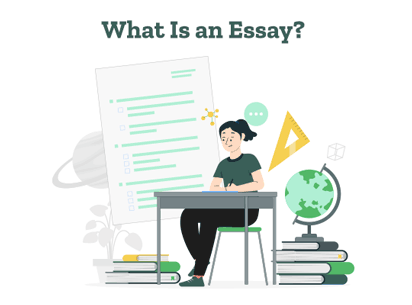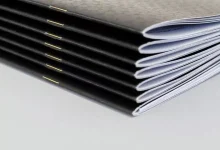
Essays are the building blocks of academic writing, serving as vehicles for expressing ideas, arguments, and analyses. Yet, for many, deciphering what an essay looks like can be akin to navigating a labyrinth of formatting rules and stylistic conventions. From the structure of the introduction to the nuances of citation formats, understanding the visual elements of an essay is crucial for both writers and readers alike. In this comprehensive guide, we unravel the mysteries of essay appearance to provide clarity and insight into this fundamental aspect of academic writing. Seeking assistance from reputable writing platforms like UKWritings can offer guidance and support in mastering the intricacies of essay formatting and presentation.
Understanding the Anatomy of an Essay
Before learning the specifics of what an essay looks like, it’s essential to understand its fundamental components. At its core, an essay consists of three main parts: the introduction, body paragraphs, and conclusion. The introduction serves to introduce the topic and thesis statement, setting the stage for the rest of the essay. The body paragraphs provide evidence, analysis, and support for the thesis, while the conclusion summarizes the main points and reinforces the argument. Additionally, essays often include elements such as citations, references, and formatting styles, depending on the academic discipline and requirements. Exploring insightful reviews, such as the one at https://medium.com/@marsha.moses/academized-reviews-the-best-writing-platform-2023-9d6915015697, can offer valuable perspectives on writing platforms like Academized and their role in assisting writers in mastering the art of essay writing and presentation.
- Introduction: The introduction is the gateway to your essay, providing context, background information, and a clear thesis statement. It should grab the reader’s attention, establish the relevance of the topic, and outline the main arguments or points that will be addressed in the essay.
- Body Paragraphs: The body paragraphs form the meat of the essay, where you present your evidence, analysis, and arguments. Each paragraph should focus on a single idea or aspect of the topic and include supporting evidence and examples to bolster your claims. Transitions between paragraphs should be smooth and logical, guiding the reader through your argument.
- Conclusion: The conclusion ties everything together, summarizing the main points of the essay and restating the thesis in a concise manner. It should leave the reader with a sense of closure and reinforce the significance of your argument. Avoid introducing new information or arguments in the conclusion; instead, focus on synthesizing the information presented in the essay.
Visual Elements of an Essay
The appearance of an essay encompasses various visual elements that contribute to its readability and professionalism. From font styles and sizes to margins and spacing, these elements play a crucial role in shaping the overall presentation of your work. Consider the following visual aspects when formatting your essay:
- Font and Size: Use a standard, legible font such as Times New Roman or Arial, and set the font size to 12-point. Avoid using decorative or overly stylized fonts that may detract from readability.
- Margins and Spacing: Set one-inch margins on all sides of the page and use double-spacing throughout the essay. This format provides ample white space and enhances readability, making it easier for readers to follow your arguments.
- Heading and Title: Include a clear, concise title that reflects the content of the essay. The title should be centered and capitalized, with important words capitalized as well. Additionally, include a header with your last name and page number on each page of the essay.
- Paragraph Indentation: Indent the first line of each paragraph by half an inch to provide visual separation and denote the beginning of a new idea or argument.
Conclusion
In conclusion, understanding what an essay looks like is essential for both writers and readers navigating the world of academic writing. From the structure of the introduction to the visual elements of font and spacing, every aspect of an essay’s appearance contributes to its readability, professionalism, and impact. By mastering the visual code of essays, you can enhance the presentation of your work and effectively communicate your ideas and arguments to your audience. So, whether you’re crafting your own essay or analyzing the work of others, keep these visual elements in mind to unlock the full potential of academic writing.



